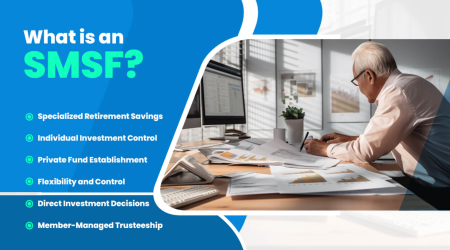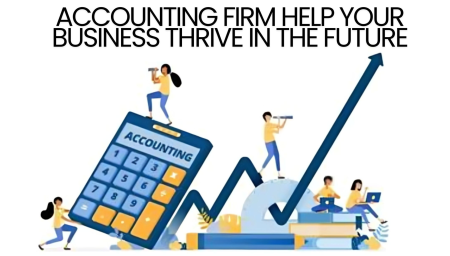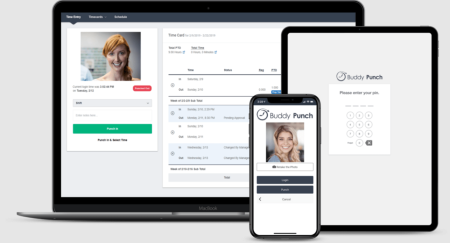The Essence of Onboarding
The onboarding process is the first step in forming a deeper connection between new hires and the organization, extending beyond just familiarizing them with their roles. A successful onboarding experience sets the stage for high productivity, engagement, and long-term achievement. It encompasses introducing employees to the company’s culture, expectations, and values while providing them with the essential tools and knowledge to thrive. By ensuring a positive onboarding experience, organizations can minimize turnover and nurture employee loyalty.
In today’s fast-paced business environment, leveraging technology is essential to enhance onboarding efficiency. Tools like employee onboarding software streamline the process by automating paperwork, tracking progress, and providing a centralized platform for training materials. This simplifies the process and guarantees uniformity in giving a thorough onboarding experience. By incorporating these solutions, businesses can concentrate on fostering significant connections that make new employees feel appreciated and supported from their very first day.
Key Components of a Successful Onboarding Program
- Clear Objectives: A successful onboarding program begins with distinct, measurable objectives to guide new employees toward specific milestones. Clear objectives provide a roadmap of what employees should learn and accomplish during their initial weeks. This clarity not only assists in prioritizing tasks but also boosts employee confidence as they navigate their new roles.
- Cultural Integration: Introducing employees to the company’s culture is vital in embedding them within the organizational fabric. Cultural integration includes sharing company history, values, expected behaviors, and stories that exemplify the organizational spirit. Making new hires feel part of the collective journey from day one fosters loyalty and motivation, crucial ingredients for long-term retention.
- Role-Specific Training: Practical, targeted training sessions tailored to each role ensure that employees are well-prepared to meet job expectations. Role-specific training covers skills, processes, and technologies pertinent to their position, equipping them with the tools they need to perform confidently and competently.
- Feedback Systems: Implementing thorough feedback mechanisms empowers organizations to refine and improve their onboarding processes continually. Regular surveys and check-ins allow new hires to voice their experiences, challenges, and suggestions. This invaluable feedback facilitates ongoing enhancements to the program, making it more effective and attuned to employee needs.
Importance of a Structured Approach
An organized approach to onboarding is crucial to guarantee that new hires feel accepted and prepared for success. Companies can foster a seamless transition into their roles by providing clear guidelines, step-by-step training, and regular check-ins. This process enhances employee confidence and boosts productivity and long-term retention. Effective onboarding integrates cultural immersion with practical tools, ensuring employees understand their responsibilities and how they align with company goals. When organizations prioritize structure, they create an environment where new team members thrive, setting the stage for mutual success and growth. A well-organized approach benefits both employees and employers alike.
Innovative Onboarding Strategies
As the business environment continually evolves, so must the onboarding methodologies. Today’s landscape is ripe with innovative opportunities that can redefine how new employees experience this crucial phase. Integrating technologies such as virtual reality and AI-enhanced learning tools can transform mundane tasks into interactive, engaging experiences. These immersive technologies are rapidly gaining traction, offering unique methodologies that engage and educate employees in novel ways.
Virtual reality, for example, can simulate real-world scenarios or intricate workflows, allowing hires to practice and perfect their skills in a risk-free environment. AI-driven platforms provide personalized learning modules tailored to an individual’s learning pace and style, making onboarding more effective and enjoyable. These technological innovations indicate a shift towards more dynamic and adaptable onboarding practices, keeping pace with the ever-changing corporate ecosystem.
Tapping into Technology for Onboarding
Incorporating technology into onboarding processes is essential for organizations to stay competitive. Digital platforms streamline administrative tasks, allowing HR to focus on building relationships. Onboarding portals provide easy access to training materials and company information. Interactive features, like gamified learning and mobile apps, enhance engagement and retention. These technologies offer flexibility and accommodate diverse learning preferences, creating a structured yet adaptable onboarding experience.
The Future of Onboarding
The future of onboarding lies in its adaptability and continuous evolution. As the workforce becomes more globalized and diverse, organizations must embrace flexible and inclusive onboarding practices that cater to varied backgrounds and working arrangements. Emphasizing remote onboarding, inclusion strategies, and lifelong learning initiatives will be crucial as more organizations adopt hybrid or remote work models.
Additionally, the focus on continuous learning and development during onboarding is set to grow as companies recognize the value of upskilling their workforce early in their careers. By fostering environments that encourage innovation, collaboration, and ongoing education, organizations can prepare employees for their current roles and future opportunities within the company. The approach to onboarding will likely evolve to support lifelong career growth, ensuring employees remain engaged and empowered throughout their tenure.














